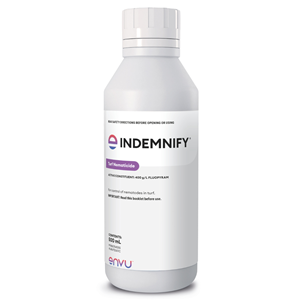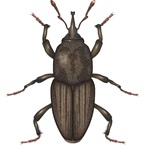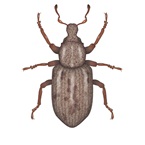Plant-parasitic nematodes are microscopic roundworms less than 2mm long. They are obligate parasites of turf. They have well developed mouth parts that penetrate plant cells. The visible symptoms of damage that nematodes are likely to cause are generally non-specific or poorly defined. They may include slight to severe chlorosis, declining growth and gradual thinning, premature wilting and possibly death.
The only way to determine if nematodes are involved is to have soil samples analysed. We recommend using Indemnify® Nematicide to control nematodes in turf.
There is a range of nematode species which affect turf. They have descriptive common names which relate to how they appear or the symptoms that they cause (sting, ring, stubby root, lance, root-knot, spiral). The number of nematodes required to cause damage (known as the “Treatment Threshold”) changes between species. This can range from 10 to 2000 nematodes per 200 grams of soil. The most damaging species in Australia is the sting nematode (Ibipora lolii) and it has the lowest treatment threshold making it very damaging even at small numbers.
All nematicides should be used as part of an Integrated Pest Management (IPM) program to control nematodes. IPM programs using cultural practices, monitoring or other detection methods, proper pest identification and rotation of nematicides with different modes of action will help prevent economic damage.



